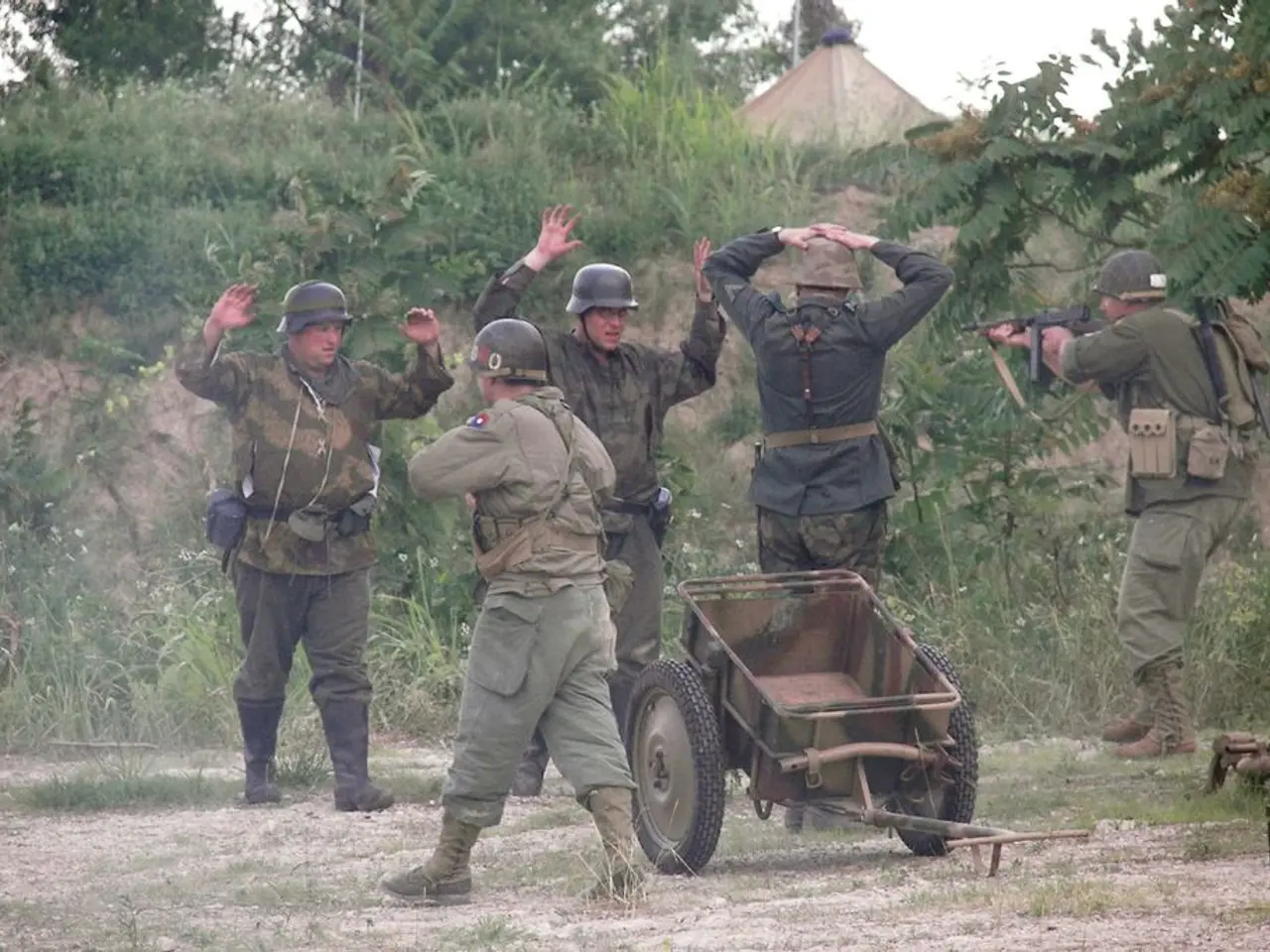Exploring Vietnam: Essential Travel Tips and Insights
Vietnam, the "land of the ascending dragon," offers a rich tapestry of experiences for backpackers. With its diverse regions and weather systems, understanding the seasonal variations is crucial for planning an unforgettable journey.
Northern Vietnam, including the Northwest, Northeast, and Red River Delta, presents a distinct climate profile. Spring (Feb-April) brings pleasant and mild temperatures, ideal for outdoor activities and exploring cities like Hanoi and attractions such as Halong Bay. Summer (May-Oct) sees hot and humid conditions, with heavy rainfall and occasional typhoons, making it less suitable for trekking or outdoor activities but lush for nature lovers. Autumn (Sept-Nov) cools down, offering mild temperatures perfect for trekking in mountainous areas like Sapa and visiting rice terraces. Winter (Nov-Feb) is dry and colder, with drizzles and hoarfrost in the Northwest, making it suitable for cultural and city tours but colder in the mountains.
Central Vietnam, encompassing the North Central Coast and South Central Coast, boasts a mild and dry climate in the dry season (Feb-May), ideal for beach visits and outdoor sightseeing in cities like Hue and Hoi An. The hot, humid season (Jun-Aug) brings frequent showers and thunderstorms, making outdoor activities possible but with caution due to weather variability. The rainy/typhoon season (Sept-Nov) sees heavy rains and typhoons, which may disrupt travel but also correspond with vibrant local festivals. A cooler, drier winter (Dec-Jan) is especially suitable for travel with fewer crowds.
Southern Vietnam, including the South Central Coast, Central Highlands, and the Mekong Delta, enjoys warm temperatures throughout the year. The dry season (Dec-April) offers warm, dry, and sunny conditions, ideal for beach destinations like Phu Quoc and Nha Trang, as well as city exploration. The rainy season (May-Nov) features frequent short but heavy rain showers, occasional flooding, and warm temperatures, making travel possible if flexible, with a lush and green landscape.
For those planning to stay longer than 45 days, options include booking with a travel agent in Vietnam, applying for a visa pre-approval letter, applying for other visa types from the Vietnamese Embassy in the UK, or applying for an e-visa that allows a 90-day stay and multiple entries. E-visas restrict entry and exit points to those selected when applying, and if an e-visa is obtained while in Vietnam, the traveler must exit the country and re-enter to start the e-visa.
Visitors from the UK (and some other countries) can enter Vietnam for up to 45 days without a visa as of 2024. Visa cards are widely accepted in Vietnam, and most ATMs offer free withdrawals.
Exploring Vietnam's food scene is a must, and food tours such as the Hanoi Night Lights and Food Tour and the Hoi An Motorbike Food Tour offer unique experiences. Halong Bay, a UNESCO World Heritage Site, is renowned for its thousands of towering limestone islands.
Remember, the regional-seasonal variation is vital for backpackers planning routes, outdoor activities, and timing to avoid extreme weather like typhoons or heavy monsoon rains. Happy travels!
[1]: Source 1 [2]: Source 2 [3]: Source 3 [4]: Source 4 [5]: Source 5
- To make the most of Vietnam's diverse climate and experiences, backpackers should consider travel tips that account for regional-seasonal variations before planning their journey.
- For travelers looking to immerse themselves in Vietnam's rich culture, cities like Hanoi and Hue offer a wealth of historical and cultural landmarks, while food tours provide a unique insight into the local lifestyle and cuisine.
- Food enthusiasts should not miss the opportunity to savor traditional Vietnamese dishes through experiences like the Hanoi Night Lights and Food Tour and the Hoi An Motorbike Food Tour.
- Halong Bay, a UNESCO World Heritage Site, is a must-visit destination, boasting thousands of towering limestone islands that create a stunning natural landscape.
- When planning a trip to Vietnam, backpackers should consider accommodation options, such as hotels, and transportation, ensuring they have guidebooks or apps for navigating the country and its diverse destinations.





